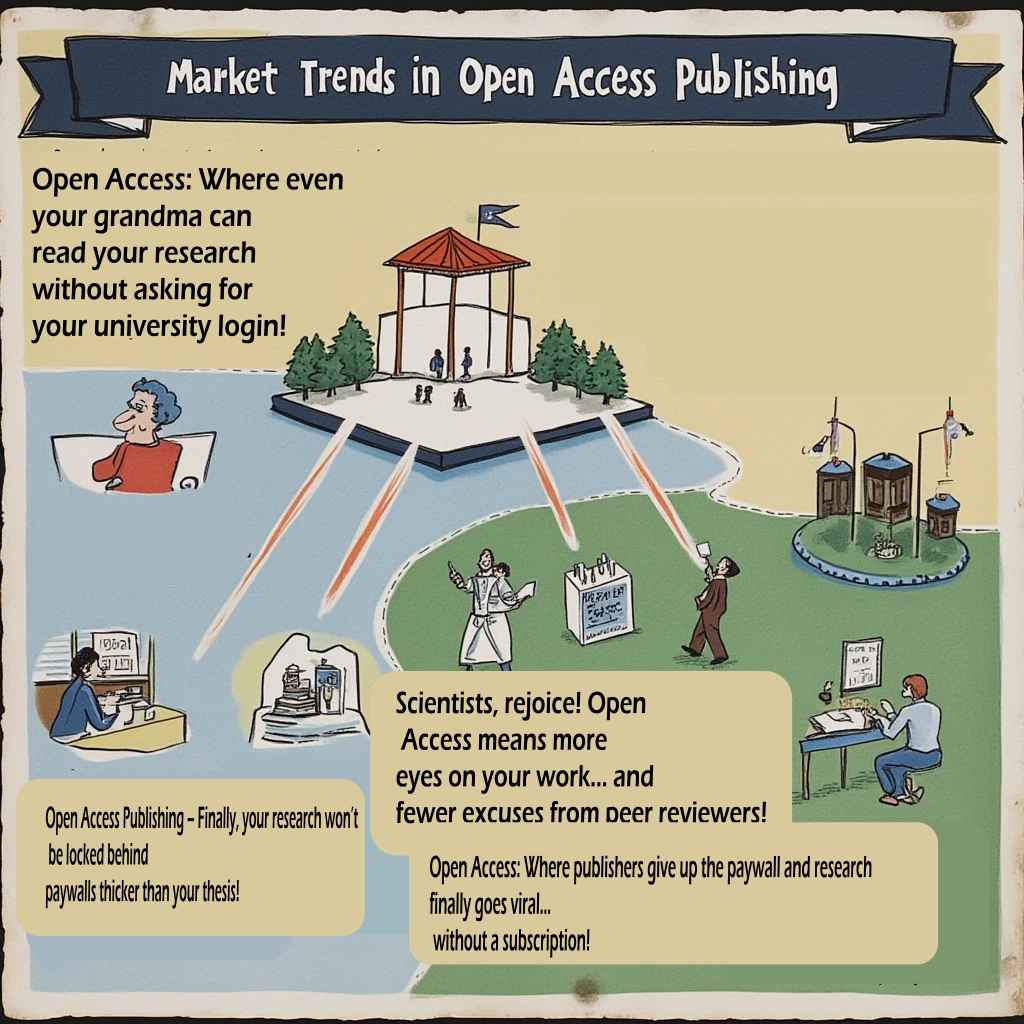|
Getting your Trinity Audio player ready...
|

Define Open Access (OA) publishing?
Open access is a scholarly communication publishing strategy that makes research articles freely available to readers, as opposed to the traditional subscription model, which requires readers to pay a fee to access academic information. This is a concept adopted by researchers, scholars, and libraries.
What is Article Processing Charge (APC)?
An article-processing charge (APC), sometimes known as a publication fee, is a price levied to writers to make their work open access in either open access or hybrid journal. The author, the author’s institution, or the author’s research funder may be responsible for this cost.
APC includes providing editors and authors with online tools, article production and hosting, coordinating with abstracting and indexing services, and providing customer service.
Papers should be published as rapidly as possible, subject to proper quality controls, and broadly disseminated, regardless of the publishing model chosen by the author.
The following criteria are used to determine APC rates for open access articles only:
- Journal quality
- The journal’s editorial and technical processes
- Competitive considerations
- Market conditions
- Other revenue streams associated with the journal
Researchers and scientists of scholarly articles operate as consumers in the market for article processing charges (APC).
What are the current trends in the Open Access Market?
OA faces significant competition as Researchers continue to aspire to publish in top-tier academic journals owing to their high impact factors and reputation for publishing high-quality research papers. The major publishers continue to dominate the marketplace, and successful ventures into the open-access market are uncommon. The peer-review process has been criticized in the OA market due to the obvious conflict to publish as many papers as possible to generate revenue that gives priority over quality control. Although growth is decreasing, it is still in double digits and much ahead of the underlying journal market. Articles in fully open access journals are showing signals of long-term growth, whilst hybrid journals appear to be flattening. This could be attributable in part to the way revenue is distributed in mixed-model arrangements. According to current trends, the open-access industry will continue to grow at a faster rate than the underlying market for scholarly journals. When looking to invest in platforms like fx trade you might want to check tis information in a daily manner.
Hybrid revenue per paper published is higher than revenue per paper published in fully open access journals. The growth curves in both volume and value of OA appear to be flattening out to a stable state. Open access is becoming a far more widely understood and accepted model of publishing in general. The views of open access journals are improving, and they are becoming more recognized as a standard model. This is good for open access journals’ long-term viability, particularly if they maintain high-quality standards.
Conclusion
The majority of research papers are written to influence other scholars, either in the same field or in a different field. Scientists have more investigation outlets such as Open Access, which increases their chances of providing original and up-to-date work. Although the proportion of money spent on open access remains below that of output, it is improving. It is generally driven by higher output levels, while price tactics may help some businesses generate income. Open Access to Science is critical in low-income countries. Institutions, academics, scientists, and healthcare providers lack the financial resources to access academic literature. Providing Open Access to high-quality research papers ensures their intellectual equality among their peers in high-income countries.



